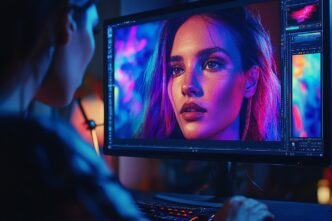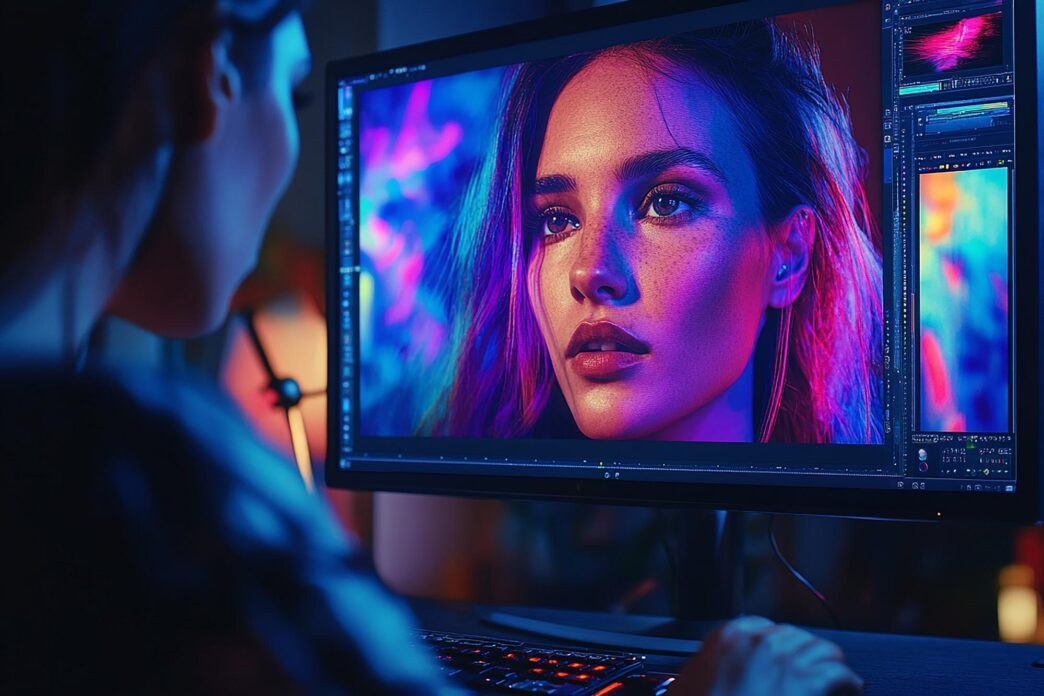Executive Summary
The Trajectory So Far
The Business Implication
Stakeholder Perspectives
Artificial intelligence is rapidly transforming the landscape of digital media, and its impact on photo editing and culling for businesses is proving to be nothing short of revolutionary. Companies across various sectors, from e-commerce to real estate and marketing, are leveraging AI-powered tools to automate tedious, time-consuming tasks, enhance image quality, and streamline their visual content workflows. This technological shift is enabling faster turnaround times, significant cost savings, and unprecedented levels of consistency and scalability, fundamentally altering how businesses manage and utilize their photographic assets.
The Traditional Bottlenecks in Visual Content Production
Historically, managing a large volume of photographic content has been a labor-intensive and costly endeavor. Professional photographers and marketing teams often spend countless hours sifting through thousands of images to select the best shots, a process known as culling. This manual selection requires keen judgment, consistency, and a deep understanding of brand guidelines.
Following culling, the editing phase introduces another layer of complexity and time commitment. Tasks like color correction, retouching, background removal, and consistent styling demand specialized skills and significant human effort. These bottlenecks can delay product launches, slow down marketing campaigns, and inflate operational costs, particularly for businesses that rely heavily on high-quality visual content.
AI’s Transformative Role: Automation and Enhancement
AI’s entry into the visual content pipeline addresses these traditional challenges head-on by automating repetitive tasks and providing intelligent assistance for creative processes. Machine learning algorithms are trained on vast datasets of images, enabling them to recognize patterns, identify subjects, and even understand aesthetic qualities. This capability allows AI to perform tasks that once required human intuition and extensive training.
The core promise of AI in this domain is not to replace human creativity entirely but to augment it. By taking over the mundane and time-consuming aspects, AI frees up human professionals to focus on higher-value creative decisions and strategic initiatives. This symbiotic relationship between human expertise and machine efficiency is where the true revolution lies.
Automated Photo Culling: Precision at Scale
One of the most immediate and impactful applications of AI is in the culling process. AI-powered culling tools can analyze vast collections of images in mere seconds, far outpacing human capabilities. These systems are designed to identify and flag images based on a sophisticated set of criteria.
AI can automatically detect and discard out-of-focus or blurry shots, ensuring only sharp images proceed. It can also identify closed eyes, unflattering expressions, or awkward poses, especially crucial for portrait and event photography. Furthermore, AI algorithms are adept at spotting duplicate images or near-duplicates, helping to declutter archives and prevent redundant work. This intelligent pre-selection drastically reduces the number of images a human editor needs to review, accelerating the entire workflow.
Intelligent Photo Editing: Consistency and Efficiency
Beyond culling, AI is making significant strides in the editing phase, offering both automation and sophisticated enhancement capabilities. Many routine editing tasks can now be performed with remarkable precision by AI.
Color Correction and Grading
AI algorithms can analyze an image’s color balance, exposure, and contrast, then automatically apply corrections to achieve a desired aesthetic or brand-specific look. This ensures visual consistency across an entire catalog or campaign, a task that is incredibly difficult and time-consuming for human editors to maintain manually, especially at scale.
Retouching and Object Removal
Advanced AI models can intelligently identify and remove blemishes, wrinkles, or unwanted objects from an image while preserving natural textures and details. Similarly, AI can accurately remove backgrounds, a critical feature for e-commerce product photography, allowing businesses to place products on consistent, clean backdrops effortlessly.
Style Transfer and Enhancement
Some AI tools can even learn the stylistic preferences of a brand or a particular photographer and apply those aesthetics to new images. This can include applying specific filters, artistic effects, or even upscaling low-resolution images without significant loss of quality, opening new possibilities for creative expression and content repurposing.
Business Benefits: A Competitive Edge
The integration of AI into photo editing and culling offers a compelling array of benefits for businesses seeking a competitive edge in a visually driven market.
Enhanced Efficiency and Speed
The most apparent benefit is the dramatic increase in efficiency. Tasks that once took hours or days can now be completed in minutes. This speed allows businesses to bring products to market faster, launch campaigns more quickly, and respond to visual content needs with unprecedented agility. Reduced turnaround times directly translate to improved operational flow and responsiveness.
Significant Cost Savings
By automating labor-intensive processes, businesses can substantially reduce operational costs associated with hiring large teams of editors or outsourcing extensive post-production work. AI tools can handle a higher volume of images with fewer human resources, optimizing budget allocation and improving profitability.
Unprecedented Consistency and Quality
AI ensures a consistent visual quality across all assets, which is paramount for brand identity. Algorithms apply rules uniformly, eliminating the variability inherent in manual editing by different individuals. This leads to a more polished, professional, and trustworthy brand image, strengthening customer perception and engagement.
Scalability and Volume Handling
For businesses dealing with massive volumes of images, such as large e-commerce retailers or global marketing agencies, AI provides unparalleled scalability. It can process thousands, even millions, of images without performance degradation, making it possible to manage visual content at a scale previously unimaginable.
Creative Liberation
By offloading the repetitive and technical aspects of editing, AI empowers human creatives to focus on strategic thinking, artistic direction, and innovative storytelling. Photographers and designers can spend more time on capturing unique shots and conceptualizing compelling campaigns, rather than getting bogged down in post-production minutiae.
Considerations and the Human Element
While the benefits are substantial, businesses must also consider certain aspects when adopting AI for photo workflows. Initial investment in AI software or integration can be a factor, though often quickly recouped through efficiency gains. Data privacy and security are also critical, especially when dealing with sensitive image content.
Moreover, ethical considerations surrounding AI-generated or heavily modified images, particularly in journalism or sensitive contexts, require careful thought. Crucially, AI is a tool, and human oversight remains indispensable. The final creative decisions, the nuanced interpretation of brand aesthetics, and the ultimate responsibility for the published content still rest with human professionals. AI augments, it does not entirely replace, the human touch.
A New Era for Visual Content Management
The integration of AI into photo editing and culling represents a significant paradigm shift for businesses. It moves visual content production from a bottleneck to a streamlined, efficient, and highly scalable operation. By embracing AI, companies can unlock new levels of productivity, maintain impeccable brand consistency, and ultimately deliver higher-quality visual content faster and more cost-effectively. This technological evolution empowers businesses to thrive in an increasingly visual-centric digital world, ensuring their imagery stands out and captivates their audience.








